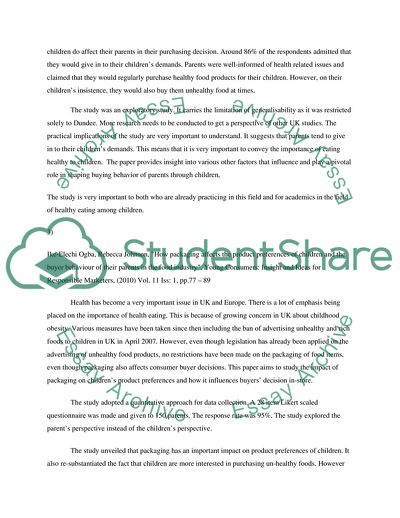Cite this document
(How Children Effect the Buying Habits of Their Parents Annotated Bibliography, n.d.)
How Children Effect the Buying Habits of Their Parents Annotated Bibliography. Retrieved from https://studentshare.org/family-consumer-science/1744566-develop-an-annotated-bibliography-of-the-seminal-works-you-on-how-children-effect-the-buying-habits-of-their-parents
How Children Effect the Buying Habits of Their Parents Annotated Bibliography. Retrieved from https://studentshare.org/family-consumer-science/1744566-develop-an-annotated-bibliography-of-the-seminal-works-you-on-how-children-effect-the-buying-habits-of-their-parents
(How Children Effect the Buying Habits of Their Parents Annotated Bibliography)
How Children Effect the Buying Habits of Their Parents Annotated Bibliography. https://studentshare.org/family-consumer-science/1744566-develop-an-annotated-bibliography-of-the-seminal-works-you-on-how-children-effect-the-buying-habits-of-their-parents.
How Children Effect the Buying Habits of Their Parents Annotated Bibliography. https://studentshare.org/family-consumer-science/1744566-develop-an-annotated-bibliography-of-the-seminal-works-you-on-how-children-effect-the-buying-habits-of-their-parents.
“How Children Effect the Buying Habits of Their Parents Annotated Bibliography”. https://studentshare.org/family-consumer-science/1744566-develop-an-annotated-bibliography-of-the-seminal-works-you-on-how-children-effect-the-buying-habits-of-their-parents.


